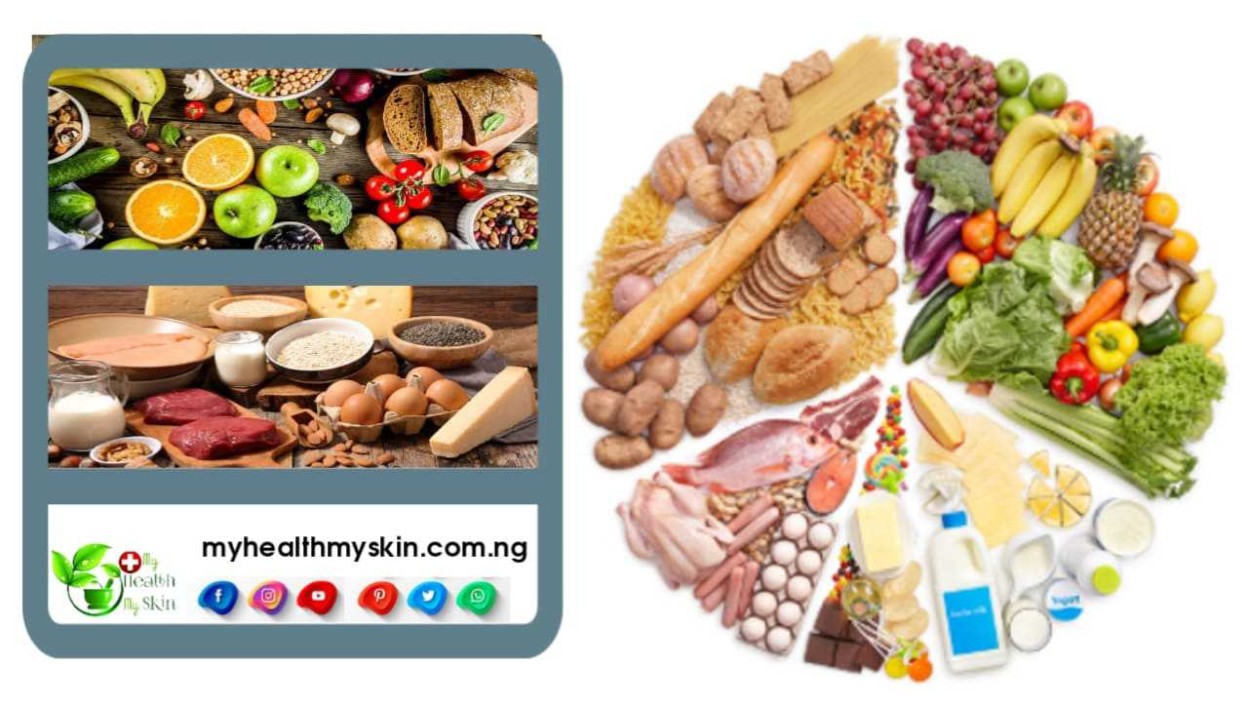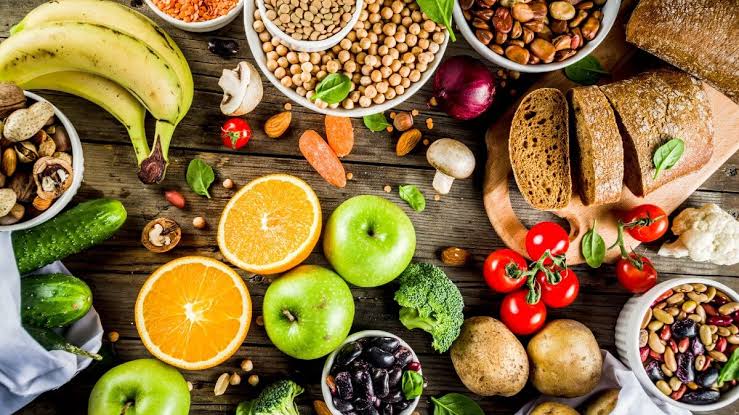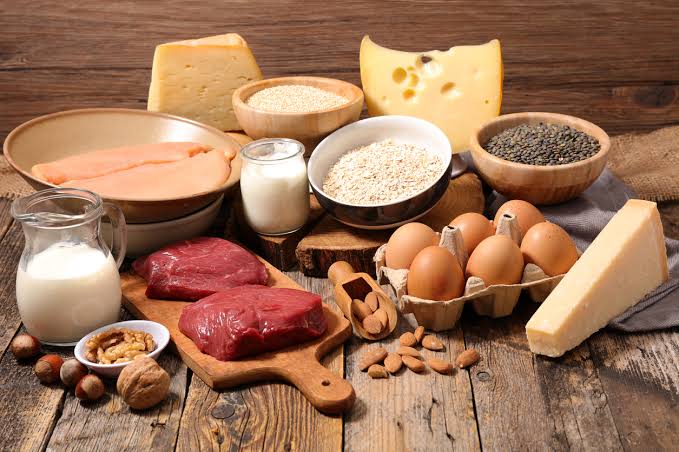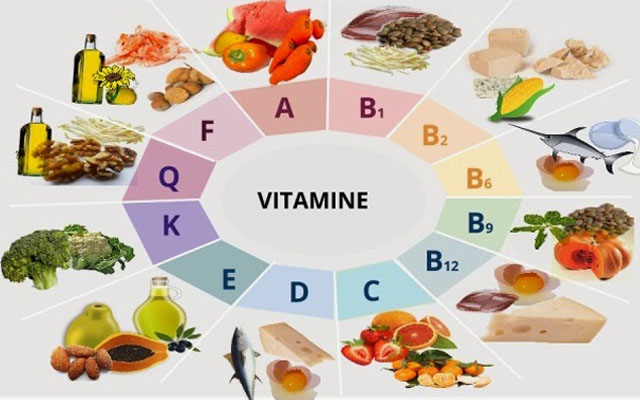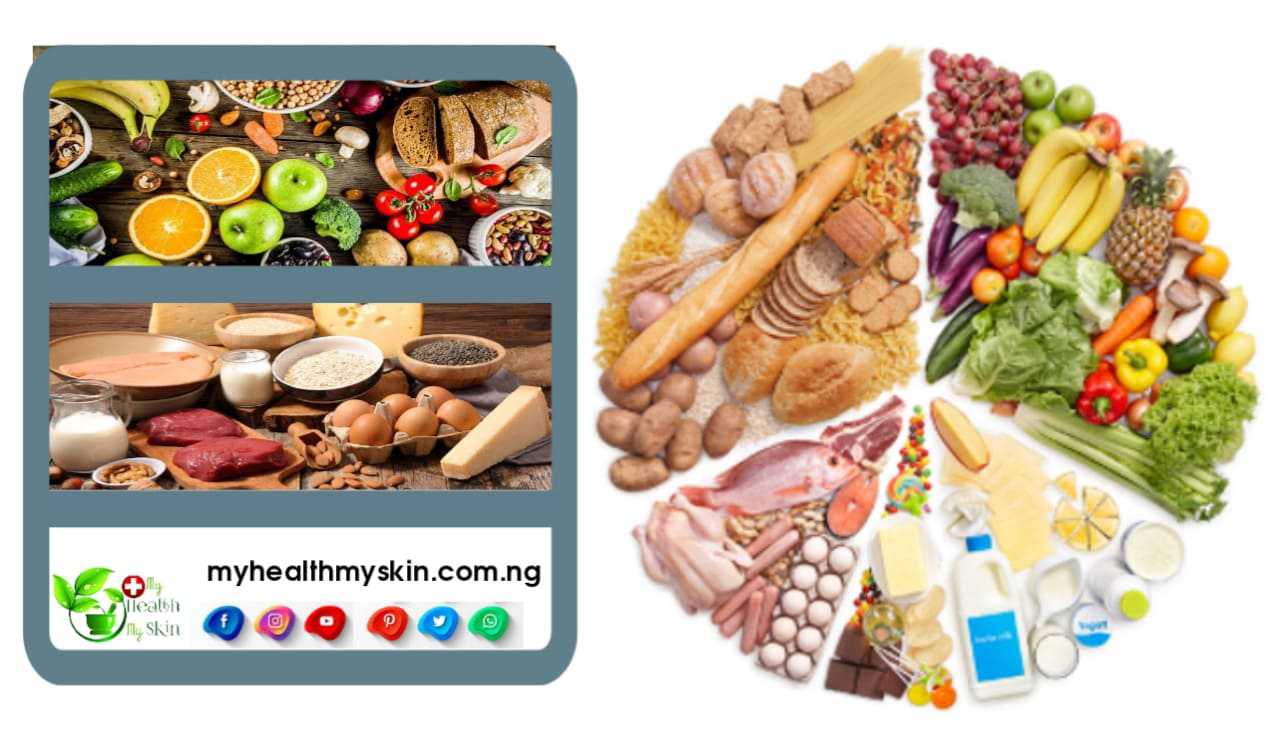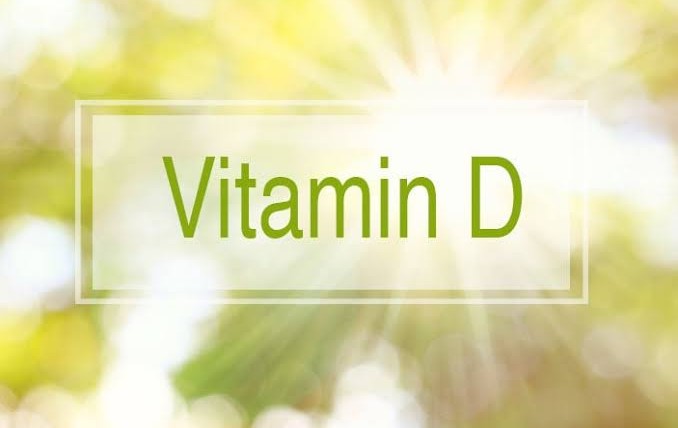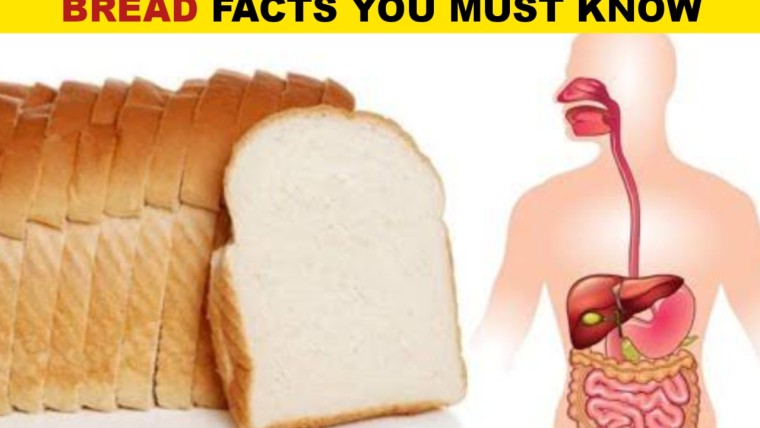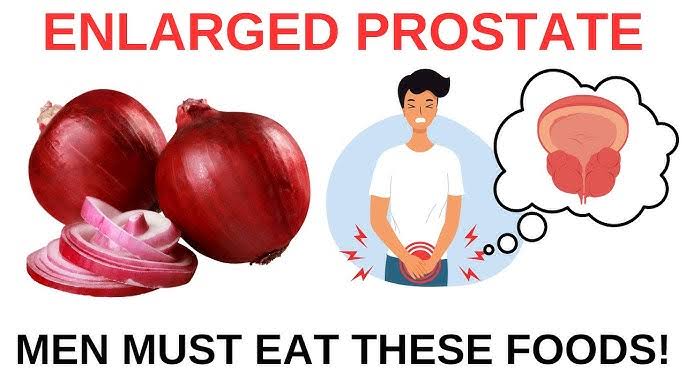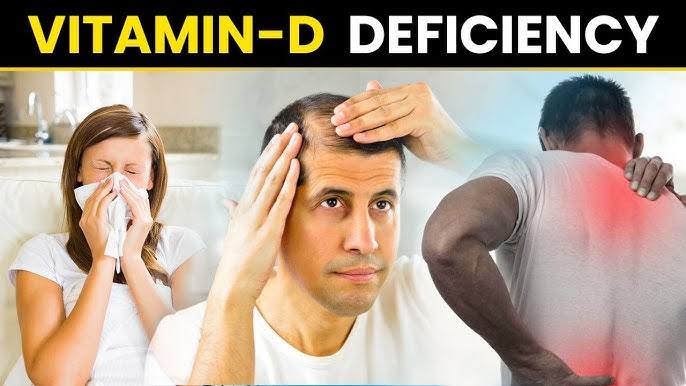The food we eat can actually be categorized into its own food class. Each class of food has specific benefits and functions for our body. Are there 7 or 6 classes of food? Those who like to know well the foods they consume, maintain diets and a healthy lifestyle must have heard about food class.
As a matter of fact, there are basically 7 and not 6 classes of food, namely; Carbohydrates, Proteins, Fats, Vitamins, Minerals, Fiber and Water. In this article, we will take a look at the food classes one by one and also the functions and examples of food. Hopefully useful!
[lwptoc]
What Are The Classes Of Food?
In our diet, food class are represented. Each category contains specific nutrients and nutritional intakes. Below, we present to you the 7 classes of food which are needed to build and repair body cells, metabolism, and to get energy. It is important to respect the balance between all these elements to take advantage of their benefits, in obtaining a balanced diet.
Carbohydrate
Carbohydrates are needed by the body as a source of energy to function properly. Carbs are a very important type of macronutrient. Carbohydrates supply glucose to be converted into energy through the body’s metabolic system. Come to think of it, do you know the two types of carbohydrate and how they are divided? Well, in this section we talk more about the foods that contain this item that is so important for our body. Here we go?
What are Complex and Simple Carbohydrates?
Carbohydrates are of two types, namely simple carbohydrates which are easy to digest and complex carbohydrates which take longer to digest.
Both are really needed by the body. According to reports, humans get around 45-65% of calories from consuming carbohydrates every day.
However, you also need to be careful in choosing the source of carbohydrates and the right amount so as not to trigger the risk of health problems.
Simple Carbohydrates
Simple carbohydrates also include foods considered healthy, since fructose, the sugar present in fruits, also falls into this group, which means that fruit juices, for example, are a good way to consume them.
Main foods of this group:
- Sugar;
- Sweets in general;
- Refrigerator;
- Banana;
- Watermelon;
- Pass grape;
- Honey;
- Pasta (pasta, pizza and bread);
- Cereals;
- White rice.
It is important that they are in much smaller amounts than complex carbohydrates, since they promote glycemic peaks, which can lead to insulin resistance and progressing to Type 2 Diabetes Mellitus.
Complex Carbohydrates
Complex carbohydrates, also called low-glycemic carbohydrates, are present in nutrient-rich foods, such as vitamins and minerals, as well as fiber, which help to slow down the digestion and absorption of glucose. See more in the list below:
- Whole Foods;
- Sweet potato;
- Oat derivatives, such as flour, bran and grain;
- Chickpea;
- Chestnuts;
- Cassava;
- Lentil;
- Peanut;
- Carrot;
- Beet.
They are considered ideal foods for diabetics and also for consumption during the weight loss regime.
Proteins
Protein is essential for the body, particularly appreciated by supporters of physical exercise and healthy routines. It participates in the maintenance of muscle mass and in several other basic and vital functions. To consume properly, one must know what are the main sources and types of nutrient.
Protein is a macronutrient that must be ingested daily. The substance is made up of amino acids connected to each other and has hundreds of functions, such as transporting small molecules of ions, helping with movement in cells and tissues, participating in the functioning of the immune system and contributing as a source of energy. In fact, virtually all cellular functions require protein.
Essential And Non-essential Amino Acids
The types of proteins vary according to their composition, as they are formed by different types and combinations of amino acids. Thus, in order for the body to receive an ample amount of amino acids necessary for its functioning, it is necessary to consume different foods that contain the nutrient.
Essential Amino Acids
Essential amino acids are those that the body cannot produce and therefore must be obtained through food. Different combinations of amino acids give rise to different proteins. As they are necessary for muscle maintenance, the rich proteins in them induce skeletal muscle production and recovery and therefore should form part of a balanced diet.
Among the essential amino acids, leucine, isoleucine and valine are considered determinants for muscle synthesis. They are present in foods such as egg, fish, meat, beans, peas, chestnuts, almonds, peanuts, hazelnuts, milk and its derivatives. They can also be found in supplements, which must be prescribed by the doctor.
Types Of Proteins
There are 20 types of common amino acids, divided into essential and non-essential, which rearrange to form proteins. Such amino acids can be grouped into four different structures: primary, secondary, tertiary and quaternary. The function of the protein also depends on this structure.
In addition, there are two main types of protein: plant and animal. Both are important for health, but it is important to consume the correct amounts in the diet to ensure the proper functioning of the body.
The nutritional value of food depends on the composition of amino acids and how they are absorbed by the body. Some are quite complete in essential amino acids — those that the body cannot synthesize and therefore must be obtained through the diet. Others are not as rich in the substance and, therefore, need to be combined with other, richer sources in the diet.
Protein Sources
Animal proteins contain all the essential amino acids our bodies need, such as:
- Beef
- Chicken
- Fish
- Milk
- Eggs
- Cheeses
Proteins of vegetable origin, on the other hand, are not complete in essential amino acids and, therefore, need to be combined to meet this need, such as vegetables, grains and oilseeds. However, it is possible to combine them to guarantee the body the necessary proteins.
A good example is the traditional beans and rice. Individually, grains lack all the essential amino acids. But together, the need is met.
Vegans should look for plant foods that are rich in protein, such as soy and quinoa.
Finally, even those who eat meat should pay attention to protein consumption and adopt a varied diet, rich in animal and plant foods.
Fat
In addition to protein and carbohydrates, our body also needs sources of good fats to stay healthy. These substances even help reduce the risk of various health conditions, including cardiovascular problems and neurodegenerative diseases.
Good fats, also known as polyunsaturated fats, are considered healthy and essential for the proper functioning of the body.
Saturated and trans fats are classified as bad, as they can cause many health problems when consumed in excess. However, foods that are sources of saturated fat can be good for your health if consumed in moderation.
What differentiates these fats are the chemical structures they present. While a saturated fat only has single bonds between carbon molecules, an unsaturated fat has at least one double bond between these carbons.
This double bond can generate one or more unsaturations in the molecule. When there is only one unsaturation, the fat is monounsaturated. However, if there are more unsaturations, the fat is polyunsaturated . Both are good fats.
Trans fats, on the other hand, are made by the industry through a hydrogenation process and are not good for our health.
According to the American Heart Association, the intake of polyunsaturated fats instead of saturated ones is able to lower bad cholesterol (LDL), which helps prevent cardiovascular diseases.
Health bodies recommend that between the foods you consume in a day, 20 to 35% are sources of fat, and preferably good fats, such as unsaturated ones.
Check below which are the main foods and sources rich in good fats for you to include in your diet, improve your performance during physical activities and have a better quality of life and well-being.
- Avocado
- Olive oil
- Salmon
- Nuts
- Food
- Eggs
- Linseed
- Chocolate
Be sure to eat good fats due to their high caloric content. If they are included in a healthy, balanced diet and not consumed in excess, they will not make you fat.
In addition, foods rich in good fats have several nutrients that are essential for the body.
Mineral
Mineral salts are essential nutrients for the proper functioning of our body. Starting from helping fight infections, maintaining bone strength, to regulating hormones. There are two types of minerals that are beneficial for human survival, namely:
- Micro minerals or trace minerals, which the body only needs in small amounts, such as iron, copper, fluoride, zinc, iodine, selenium, and manganese.
- Macro minerals are minerals that the body needs in large quantities, such as calcium, potassium, sodium, chloride, phosphorus and magnesium.
Foods And Drinks That Contain Minerals
Minerals are one of the important nutrients that are beneficial for the health of the body, so the adequacy of daily intake must be considered. In order to meet mineral needs, here is a list of foods high in minerals, both macro minerals and micro minerals:
- Avocado
- Berries
- Nuts
- Clams and oysters
- Sardine
- Cabbage greens
- Counts
- Dark chocolate
- Yogurt and cheese
- Green leafy vegetables
- Tropical fruits such as bananas, mangoes or pineapples
Fiber
If consumed regularly, fibrous foods have various benefits for the body, including:
- Reducing the risk of developing heart disease, one of which is by lowering cholesterol levels
- Reducing the risk of digestive diseases, such as constipation, hemorrhoids, and colitis
- Help lose weight
To get the various benefits of fiber, it is recommended that you meet your fiber needs every day, namely:
- Children: 19–23 grams
- Teenage boys: 28-37 grams
- Teenage girls: 27–29 grams
- Adult male: 37 grams
- Adult female: 32 grams
- Pregnant women: 35 grams
- Breastfeeding mothers: 38 grams
List of Natural Fibrous Food Options
Here are some sources of natural fiber by type:
1. Vegetables and fruit
Vegetables that contain lots of fiber include lettuce, carrots, spinach, mushrooms, pumpkin, asparagus, potatoes, broccoli, and long beans.
Meanwhile, fruits that contain lots of fiber include citrus fruits, apples, bananas, pears, mangoes, peaches, breadfruit, berries, cherries, and figs, as well as fro. In addition, you can consume dates, including sukari dates, as an alternative to meet your fiber intake.
2. Whole grains
Whole grains can be found in pasta or bread labeled as whole grains. Brown rice, quinoa, and cereals, such as oatmeal, are also high-fiber foods.
3. Nuts
Types of legumes that are rich in fiber include lentils, black beans, peas, kidney beans, chickpeas, sunflower seeds, almonds, and pistachios.
The table below is expected to help you estimate the fiber content in some examples of commonly consumed fibrous foods. Here are some examples of fibrous foods with fiber content.
| Food name | Serving | Total fiber in grams |
| Apples with skin | 1, medium size | 4,5 |
| Banana | 1, medium size | 3.0 |
| Orange | 1, medium size | 3.0 |
| Pears with skin | 1, medium size | 5,5 |
| Instant oatmeal | 1 cup | 5 |
| Whole wheat spaghetti | 1 cup | 6.0 |
| Brown rice | 1 cup | 3,5 |
| Whole grain bread | 1 sheet | 2.0 |
| Almond nut | 23 points | 3,5 |
| Raw carrots | 1, medium size | 1.5 |
| Potatoes with skin | 1, medium size | 4.0 |
| Boiled shelled corn | 1 cup | 3,5 |
| Steamed/boiled broccoli | 1 cup | 5.0 |
Vitamins
Vitamins are important nutrients for our body and its proper functioning, as they help to avoid many diseases.
Nowadays, many people believe that they need to replace them with supplements, which are easily found in pharmacies. But the truth is that good food and nutrition are also sources of vitamins.
We should ingest adequate amounts of vitamins every day. And the best way is through food, since they are not produced by our body.
Vitamins are divided into two major groups, namely fat soluble vitamins and water soluble vitamins.
Here’s the difference between the two.
1. Fat soluble vitamins
Fat soluble vitamins include Vit. A, D, E, and K. The body absorbs these vitamins using fat cells in the intestines, then distributes them to the organs via the bloodstream.
When the amount is excess, the body will store fat-soluble vitamins to carry out other functions. However, this should not last in the long term because it has the potential to cause poisoning due to excess vitamins.
The body cannot get rid of fat-soluble vitamins easily. Therefore, make sure you only consume this vitamin in moderation. Avoid consuming large amounts of supplements, especially without a doctor’s advice.
2. Water soluble vitamins
Vitamins that are water soluble are vitamins C and B complex (such as vitamins B1 , B6, and B12). This type of vitamin must first break down in water so that it can be absorbed and used by the body.
The body cannot store excess water-soluble vitamins. If the amount is excessive, the body will dispose of it through the excretory system (mainly through urine ). Excess intake of water-soluble vitamins can also cause poisoning, but the risk is smaller.
Because it is easily soluble and is wasted, you must get the appropriate amount of water-soluble vitamins every day. You can find this vitamin in your daily diet and supplements if needed.
Uses of vitamins and food sources
Knowing the benefits and health effects of each vitamin is very important. This can help you balance your diet and spot symptoms of certain vitamin deficiencies. Here’s the use of each vitamin and the food that is the source.
1. Vitamin A (retinol)
Vitamin A has several uses, including making the eyes able to see in dim conditions, maintaining the lining of certain organs and body parts, and strengthening the immune system.
Food sources of vitamin A are usually synonymous with carrots. This vitamin are also present in beef liver, shrimp, eggs and fish. Some products such as butter, cheese and milk are sometimes also fortified with vitamin A.
2. Vitamin D (calciferol)
Also called calciferol, the function of vitamin D is to maintain the amount of phosphorus and calcium in the blood to maintain healthy bones and teeth. According to reports, lack of Vitamin D can cause rickets in children and osteomalacia in adults.
However, you can get adequate vitamin D by basking in the morning sunlight. In addition, vitamin D is also contained in fatty fish (such as salmon, tuna and mackerel), red meat, liver, and foods fortified with this vitamin.
3. Vitamin E (alpha tocopherol)
As an antioxidant, the benefits of vitamin E are protecting body cells from damage caused by free radicals. Vit. E also maintains healthy skin, boosts the immune system, and protects vitamin A from certain molecules that can damage it.
Foods rich in vitamin E are very diverse, including vegetable oils, margarine, whole grains, and wheat germ. Several types of green leafy vegetables, nuts, and seeds such as sunflower seeds also contain this vitamin.
4. Vitamin K
Vitamin K is needed in the body to activate proteins and calcium which are essential in the blood clotting process. Several other studies have found that this vitamin has the potential to maintain healthy bones and prevent hip fractures.
Infact, foods rich in vitamin K include green vegetables such as spinach, kale and broccoli. Not only that, you can also get your intake of vitamin K from vegetable oils and cereal grains such as wheat, barley and guinea corn.
5. Vitamin B complex
B complex vitamins are the foundation of a healthy body. These nutrients affect physical and psychological health, brain function, changes in energy in the body’s cells, to your body’s resistance to disease.
Below are the various B vitamins and their functions.
- Thiamin (vitamin B1): helps convert food into energy and maintains healthy hair, skin, muscles, brain and nerve cells.
- Riboflavin (vitamin B2): works with other B vitamins to form red blood cells and performs the same function as vitamin B1.
- Niacin (vitamin B3): aids the digestive process, maintains healthy skin and nerves, and converts food into energy.
- Pantothenic acid (vitamin B5): helps form energy, fat, brain chemicals, steroid hormones, and hemoglobin.
- Pyridoxine (vitamin B6): helps regulate mood and sleep cycles, maintains brain function, and boosts immunity.
- Biotin (vitamin B7): helps form energy and glucose, breaks down fatty acids, and maintains healthy bones and hair.
- Cobalamin (vitamin B12): protects nerve cells and helps form new cells, blood cells and DNA.
There are lots of foods that contain B complex vitamins. Here are some examples of foods that contain the highest B vitamins.
- Red meat and chicken meat.
- Organs in animals, such as the liver and kidneys.
- Milk and its products.
- Tempeh and tofu.
- Mackerel, sardines, salmon and tuna.
- Clams, oysters and the like.
- Egg.
- Green leafy vegetables such as spinach leaves, katuk leaves, and kale.
- Rice and wheat.
- Nuts and seeds.
You can get most of the B vitamins from both animal and plant sources. However, people on a vegan diet may find it more difficult to meet their vitamin B12 needs because this nutrient is generally only found in animal sources.
As a solution, you may need to take vitamin B12 supplements. Make sure you have consulted your doctor before taking supplements regularly.
6. Vitamin C (ascorbic acid)
You may already be familiar with this one vitamin. There are many benefits of vitamin C, including helping wound healing, maintaining healthy blood vessels and bones, increasing collagen production and fighting the effects of free radicals.
The best sources of vitamin C are citrus fruits, tomatoes, strawberries and guava. There are also several types of vegetables rich in vitamin C, such as bell peppers, broccoli, spinach and brussels sprouts.
Vitamins are nutrients that the body needs to carry out its normal functions. Even though it is needed in small amounts, vitamin deficiency can cause organ function disorders to developmental problems.
You will also get the impact if excess vitamin intake. So, consume vitamins in moderation.
Fortunately, vitamins are nutrients that can be obtained easily. You can meet your daily vitamin needs simply by eating a variety of and nutritionally balanced foods.
Water
Water is the fundamental liquid for life. The human body is made up of more than 60% water, which makes it an essential nutrient for health. The entire functioning of the body depends on water. In addition to distributing nutrients to the different organs of the body, water helps regulate body temperature, eliminate toxins through urine and perspiration, and stimulate intestinal transit. Therefore, when there is little water in the body, the organism suffers damage.
Drinking a lot of water balances the organism, making it more resistant and function better. Although the amount depends on the temperature of the day, the intensity of the activity that is carried out, the type of work, whether exposed to the sun or not, experts advise the intake of at least two liters of water per day.
The recommended two liters of water must be ingested in regular amounts and intervals. Thirst, which is caused by the low amount of water inside the cells, reducing the elimination of water by the kidneys and through saliva, is a signal from the body indicating that the individual should drink water.
Water plays an important role for the health of the skin, as it ensures hydration and favors the absorption of nutrients necessary for its balance. If water is lost, the skin undergoes dehydration, becoming rough and prone to ageing.
For children, water plays an important role in growth, functioning of the organism, improves the functions of the kidneys, bladder and intestines. Always offer children water, as they are less likely to feel thirsty during an activity and may not feel the need for water required by the body.
Conclusion
Consuming food is not just a matter of fulfilling hunger. However, you also have to pay attention to the nutrients in it. To obtain a balanced diet, it is necessary to consume a variety of different food groups. These 7 classes of food are needed to build and repair body cells, metabolism, and to get energy.
We hope this article helped you learn about the subject “are there 7 or 6 classes of food”. You may also want to learn about A Detailed Guide to Healthy Food: What’s it, Is Food Bad For You? 5 Benefits and More, or check out our Diet & Nutrition category.
If you liked this article, then please share on your social networks and stay tuned for upcoming articles. You can also find us on Telegram and Facebook.

